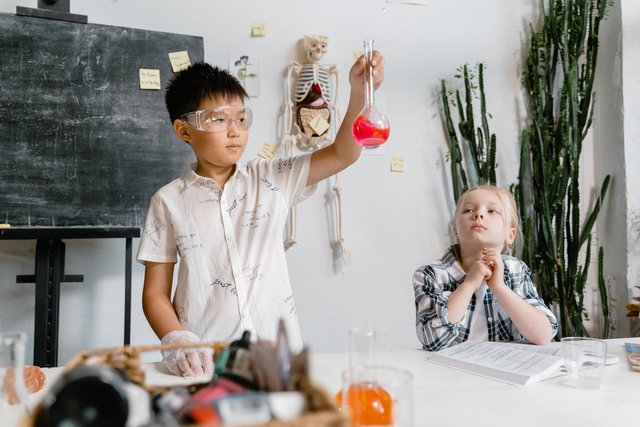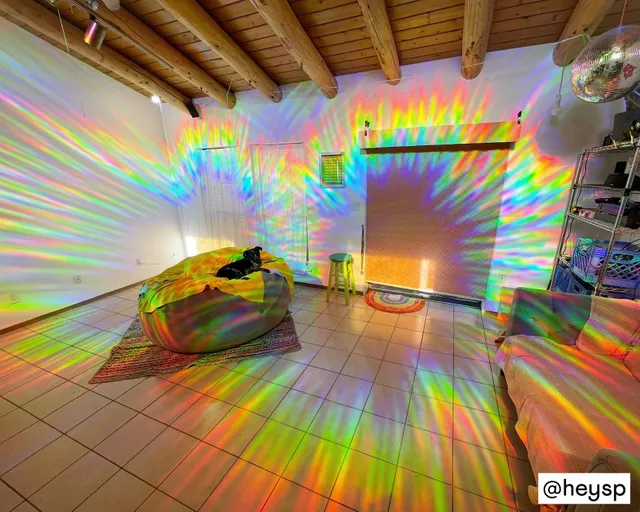6 Fun Science Activities for Kids
Teaching kids can be one of the most rewarding experiences in life, but it can also provide incredible challenges. Finding ways to keep them engaged, especially when you tackle technical subjects, is rarely simple.
With the right approach and activities, though, you can introduce kids to a wide range of scientific topics, sparking their curiosity along the way. To help with that, here are some fun science activities designed to teach and delight kids of many ages.
Liquid Nitrogen Ice Cream
Fun, rewarding, and delicious, this simple demonstration creates a chance to show kids about phase changes and temperature. Before getting started, a fair warning is necessary. Liquid nitrogen can get below temperatures of -321℉. It can quickly damage skin and cause injury if handled carelessly.
Because of that, some safety equipment will be necessary. Namely, anyone handling the liquid nitrogen should wear safety glasses and cryogenic gloves.
With safety properly considered, liquid nitrogen allows you to make ice cream in a few minutes. Simply mix the ingredients in a large bowl, and then slowly add the liquid nitrogen while stirring. You’ll have fast, delicious ice cream.
While doing this demonstration, you can also show how quickly the liquid nitrogen can freeze water in objects (freezing some fruits to go with the ice cream would be a tasty addition).
As for organic ice cream recipes, you can try this one.
Pine Derby
Pine derbies help kids engage with engineering ideas and the scientific method. Ideally, each kid can build and iterate on their own car, but kids can also work in groups to gain a valuable learning experience.
According to Brian Stanley, Owner of Turbo Derby, “The Pinewood Derby serves as an excellent outlet to engage young people in STEM activities. Kids can actively participate in designing and building their own Pinewood Derby cars. Throughout the process, they are introduced to the scientific method as they test and improve their creations. Additionally, Pinewood Derby serves as a bonding and memory-building activity for them and their adult partner!”
Through the process, goals include teaching the kids to understand design elements and how they affect the race.
To give the kids more freedom for exploration, a handful of tools can help, including a jig, turbo bender, and weights.
How Light Works
Two relatively simple experiments can show students essential aspects of the nature of light. With diffraction grating, you can show how white light is made up of basic colors. It’s similar to Newton’s famous prism experiments but more fun. Modern diffraction glasses can create shapes and other stimulating visuals while the kids learn about light.
Another option explores polarization. With a few polarized lenses, you can show students how the orientation affects how much light can go through. You can even explain what polarization is and introduce quantum mechanics in a kid-friendly manner.
Paper Structures
These lessons come in all shapes and sizes (pun intended). You can build a house of cards, a 3x5 card tower, a paper bridge, or anything else that will captivate your audience.
The process allows you to demonstrate how shapes affect structures and why something made out of paper can hold surprising amounts of weight. It all comes down to distributing the load, and with different structures, you can show different techniques that make it work.
Magnetic Induction
Perhaps the best entry point for introducing essential concepts of electricity and magnetism, you can show magnetic induction with a relatively simple setup. A small magnet, copper coil, test light, and spinner are enough to give the kids a hands-on example of how electricity is made.
You can find kits that make it pretty easy, or you can take a DiY approach. Either way, you can explain magnetic induction while showing it firsthand, helping the kids take a step into a larger world of understanding.
Tensegrity Structures
Tensegrity structures can be entrancing. Appearing to float, they hold together by exploiting gravity and tension.
You can go big and make a tensegrity table out of wood and chains. You can also save your budget and show the same principles with popsicle sticks, string, and some hot glue.
Building your first tensegrity structure can feel a little intimidating, but with the linked tutorial, you can work through it before you debut it to the kids.
What lessons can you teach with this demonstration? Explore the scientific method with a little bit of trial and error as the kids build their own structures. You can also explain tension, how it works, and why it can offset the pull of gravity.
Learning is Fun
We all know that the kids get more out of it when they can have some fun while learning. Science lessons are full of opportunity. With a little research, and some occasional DIY effort, you can help build up the next generation of scientists and engineers. You can also instill valuable lessons in the many kids who opt out of STEM professions.

